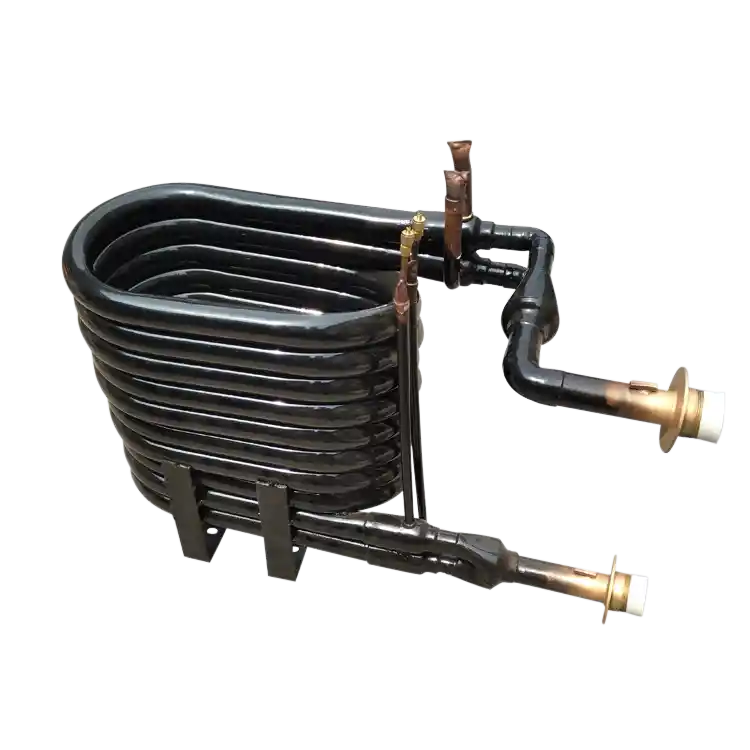Introduction
In this article, we will explore the diverse applications of coaxial heat exchangers in the food and beverage industry. Coaxial heat exchangers offer unique advantages that contribute to improved efficiency, quality, and safety in food processing and beverage production.
1. Understanding Coaxial Heat Exchangers
Coaxial heat exchangers are specialized devices designed for efficient heat transfer between two fluid streams. Their innovative configuration makes them ideal for various applications in the food and beverage industry.
1.1 Working Principle of Coaxial Heat Exchangers
Coaxial heat exchangers consist of an inner tube and an outer tube, enabling the simultaneous flow of different fluids. Heat is transferred from the inner tube (hot fluid) to the outer tube (cold fluid), facilitating efficient heat exchange.
1.2 Advantages of Coaxial Heat Exchangers in the Food and Beverage Industry
Coaxial heat exchangers offer several advantages when incorporated into food processing and beverage production:
| Advantages | Descripción |
|---|---|
| Precise Temperature Control | Coaxial heat exchangers enable accurate temperature control, ensuring optimal conditions for food processing and beverage production. |
| High Heat Transfer Efficiency | The coaxial design maximizes the heat transfer surface area, facilitating efficient heat exchange and reducing processing time. |
| Hygienic Design | Coaxial heat exchangers can be constructed using food-grade materials and designed for easy cleaning and maintenance, meeting strict hygiene standards. |
| Versatile Applications | Coaxial heat exchangers find applications in various food and beverage processes, including pasteurization, sterilization, cooling, and fermentation. |
2. Applications of Coaxial Heat Exchangers in the Food and Beverage Industry
Coaxial heat exchangers play a crucial role in enhancing efficiency, quality, and safety in food processing and beverage production.
2.1 Pasteurization
Coaxial heat exchangers are widely used for pasteurization in the food industry. They enable the rapid heating and cooling of food products, ensuring microbial safety while preserving nutritional quality and taste.
2.2 Sterilization
Coaxial heat exchangers find application in the sterilization of food and beverage products. They facilitate the rapid heating and maintenance of high temperatures, effectively eliminating bacteria, yeasts, and molds.
2.3 Cooling and Chilling
Coaxial heat exchangers are employed for efficient cooling and chilling processes in the food and beverage industry. They enable rapid heat transfer, reducing product temperature quickly and maintaining freshness.
2.4 Fermentation Control
Coaxial heat exchangers assist in fermentation processes, allowing precise temperature control during the production of various fermented food and beverage products. The efficient heat transfer helps maintain optimal conditions for microbial growth.
2.5 Heat Recovery and Energy Conservation
Coaxial heat exchangers can be utilized for heat recovery in the food and beverage industry. They enable the capture and reuse of waste heat, contributing to energy conservation and reducing operational costs.
2.6 Beverage Production
Coaxial heat exchangers play a vital role in beverage production, including the heating, cooling, and pasteurization of beverages. They ensure product safety and quality while optimizing production efficiency.
Conclusion
Incorporating coaxial heat exchangers into food processing and beverage production processes offers significant benefits in terms of efficiency, quality, and safety. The versatile applications of coaxial heat exchangers in the food and beverage industry contribute to improved product integrity, reduced processing time, and enhanced energy conservation, fostering innovation and meeting industry demands.


